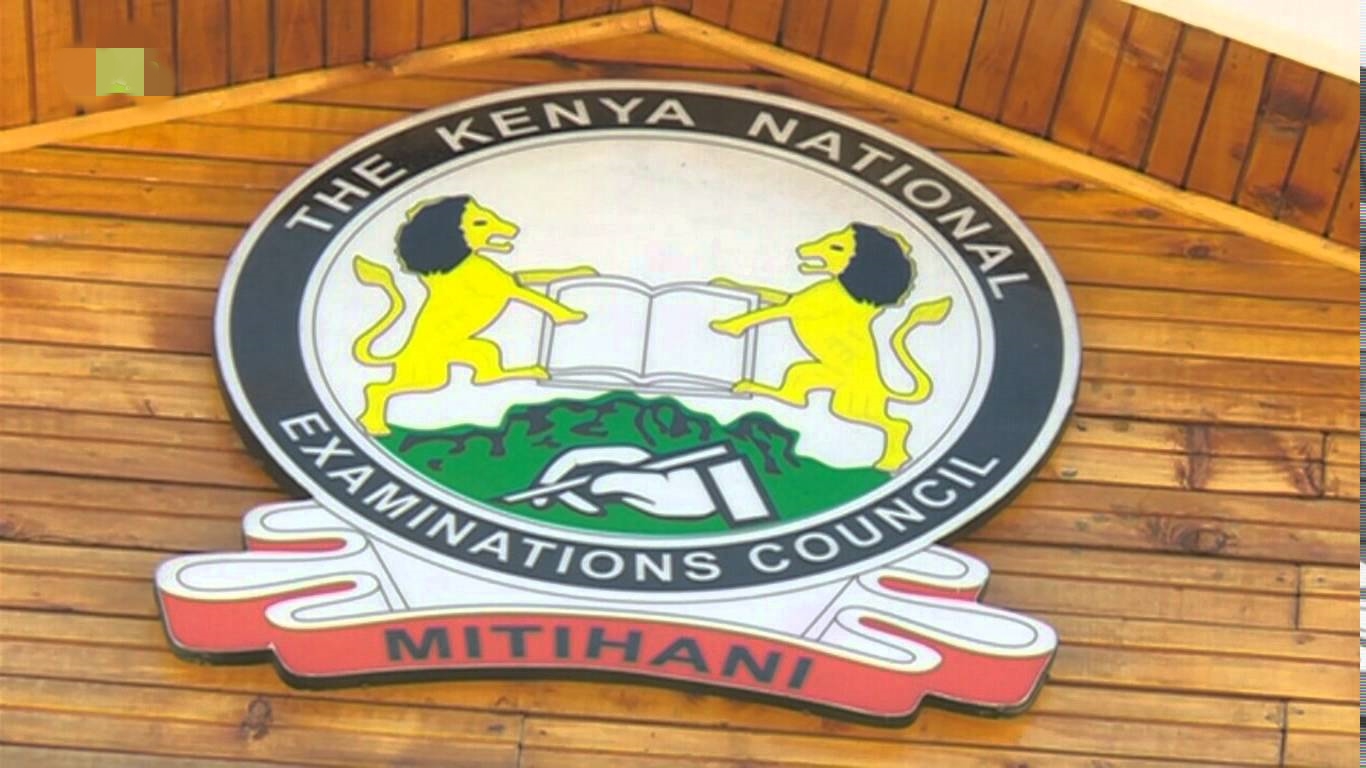One guy in Southeast London has been taking stunning space images from his back garden.
Roger Hutchinson, an amateur photographer from Wimbledon, has built a small observatory in his garden from which he has been capturing the stunning pictures.
Among these are close-ups of the Apollo-15 landing on the moon, and the International Space Station passing over London. The clarity of the pictures rival photos taken by multimillion dollar spacecrafts, such as the International Space Station.
Speaking to MailOnline, Mr Hutchinson said: ‘The observatory was bought in kit form from Pulsar Observatories who are based in Norfolk.
‘I had the concrete base and paving installed and then constructed the observatory on site.’
Among his notable images are close ups of Jupiter and Saturn. He says the quality of the picture varies based on the conditions in the sky.
‘The best conditions are from a dark sky location and when the atmosphere is nice and stable.
‘In London the first part is hard to achieve due to light pollution but this can be counteracted by use of filters.
‘Photography of the Sun, Moon and planets is much less affected by light pollution so this is a good option for the urban astronomer.’ he said.
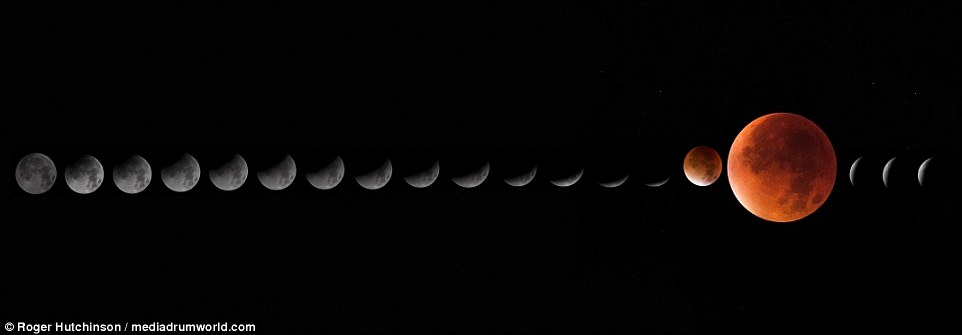
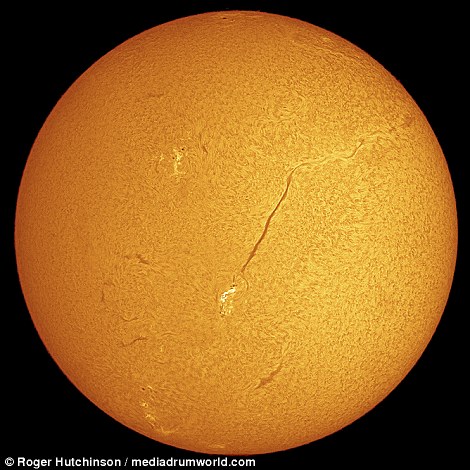
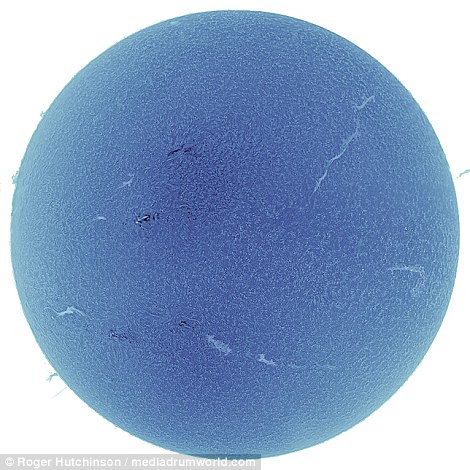
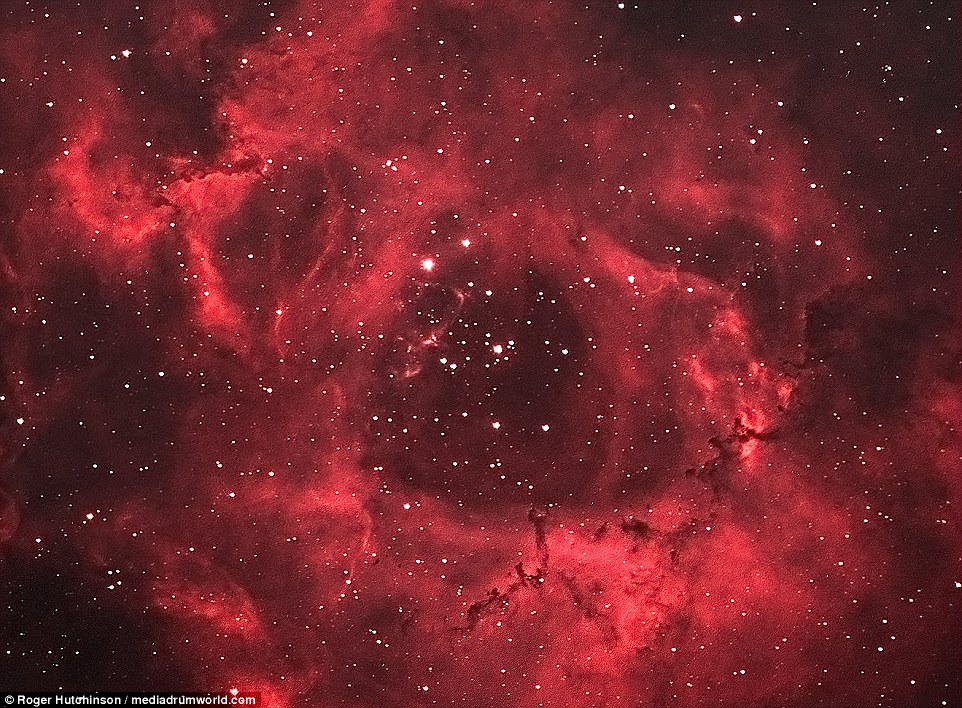
Mr Hutchinson’s talent has not gone unnoticed – in 2015, he was shortlisted in the robotic telescope category of Astronomy Photographer of the Year. He also filmed for the 2016 series of BBC Stargazing Live – a British astronomy programme.
While he is not busy taking photos, Mr Hutchinson is an IT solutions architect.

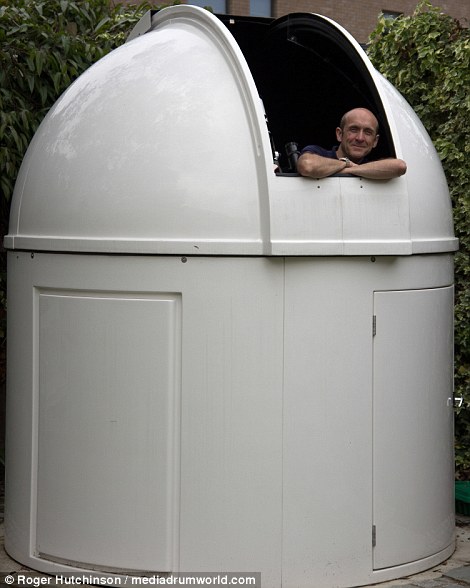
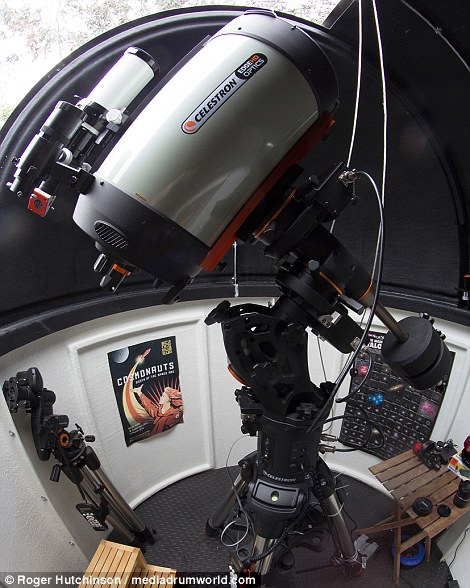
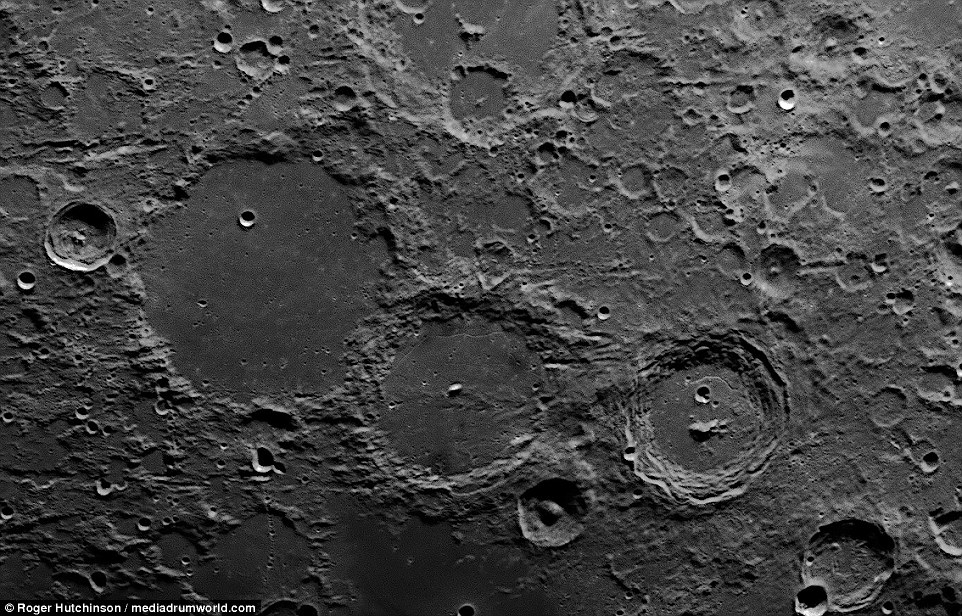
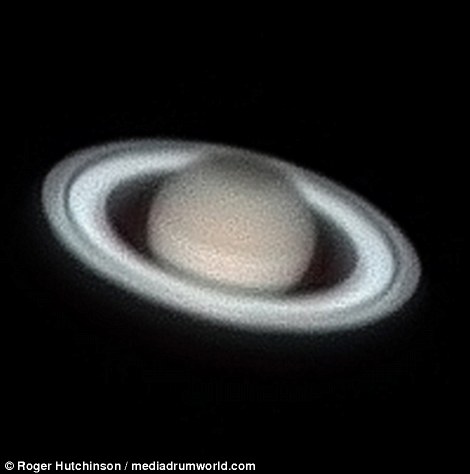
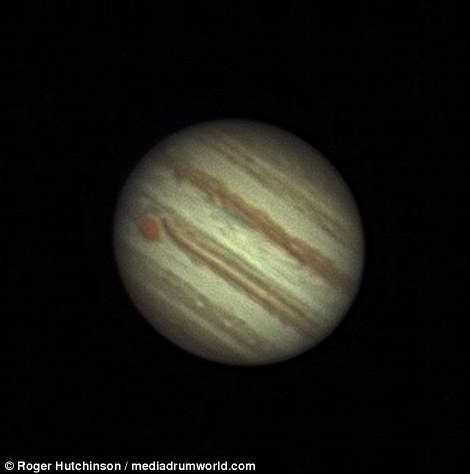
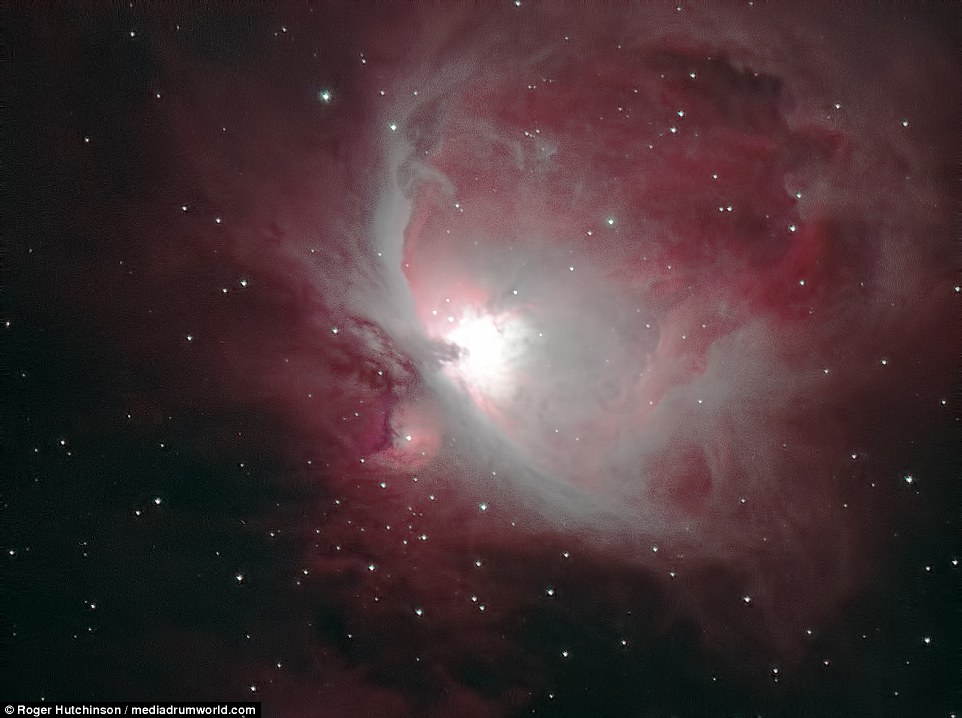
Source: Nairobi Wire

